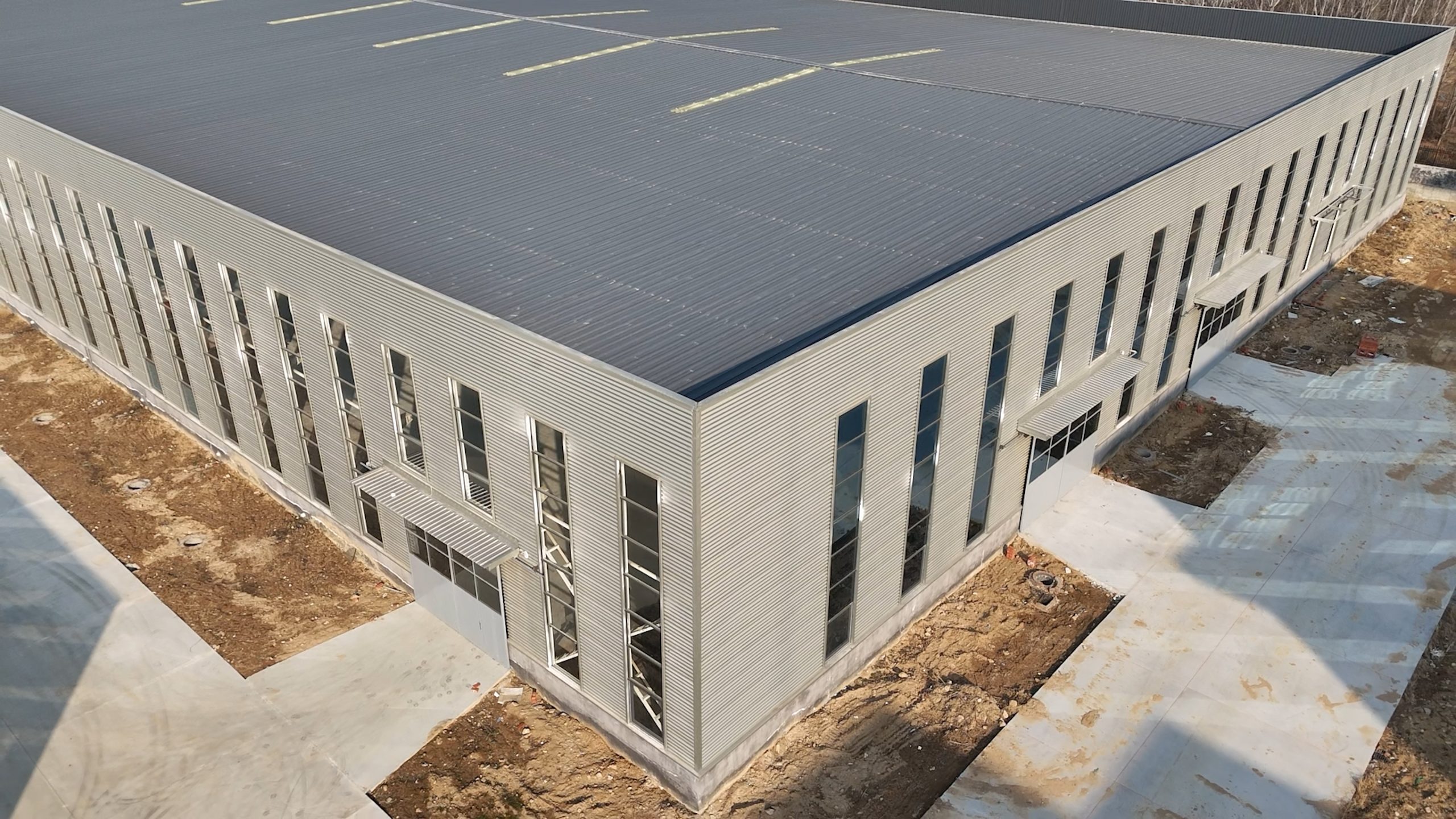Table of Contents
The Discovery of Steel
Steel is a ubiquitous material in our modern world, used in everything from buildings and bridges to cars and appliances. But have you ever wondered how this versatile material was discovered and manufactured? The history of steel dates back thousands of years, with its origins rooted in ancient civilizations.

The discovery of steel can be traced back to around 1800 BC in ancient Mesopotamia, where Iron was first smelted and forged into tools and weapons. However, it wasn’t until the 17th century that steel as we know it today was developed. The process of making steel involves removing impurities from iron to create a stronger, more durable material.
One of the key advancements in the production of steel was the development of the Bessemer process in the 19th century. This process involved blowing air through molten iron to remove impurities and create a more uniform product. This innovation revolutionized the steel industry, making it possible to produce large quantities of high-quality steel at a lower cost.
Another important development in the history of steel was the invention of the open-hearth furnace in the late 19th century. This furnace allowed for the production of steel on a larger scale and with greater control over the quality of the final product. The open-hearth process involved melting Pig Iron and scrap steel together in a large furnace, allowing for the removal of impurities and the addition of other elements to create different types of steel.
In the early 20th century, the introduction of the electric arc furnace further revolutionized the steel industry. This furnace used electricity to melt scrap steel and produce high-quality steel with greater efficiency and control. The electric arc furnace made it possible to recycle scrap steel and produce new steel products without the need for traditional blast furnaces.
Today, steel is produced using a variety of methods, including the basic oxygen process, the electric arc furnace, and the continuous casting process. These modern methods allow for the production of high-quality steel with precise control over its composition and properties. Steel is used in a wide range of applications, from construction and infrastructure to manufacturing and transportation.
The discovery and manufacturing of steel have come a long way since its humble beginnings in ancient civilizations. Through centuries of innovation and technological advancements, steel has become one of the most important materials in our modern world. Its strength, durability, and versatility make it an essential component of our everyday lives.
In conclusion, the discovery and manufacturing of steel have played a crucial role in shaping our world. From ancient civilizations to modern industrial processes, steel has evolved into a vital material that is used in countless applications. The history of steel is a testament to human ingenuity and innovation, and its continued importance in our society is a testament to its enduring value.

